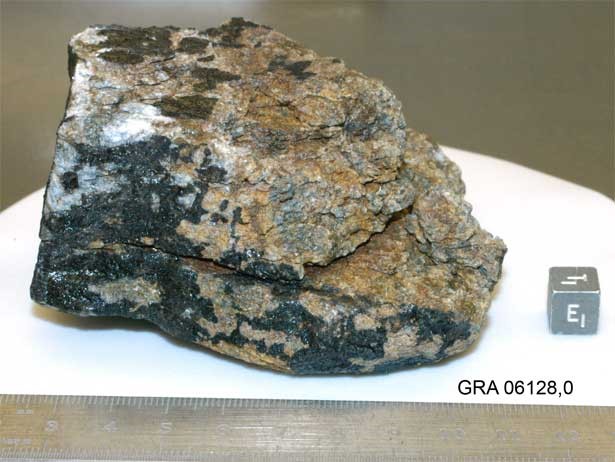
Earth’s crust is composed of many different igneous rock types, which are thought to result from the dynamic nature of Earth’s geologic history. Crust is recycled on Earth, and this process is at least partially responsible for the dichotomy between basaltic oceanic (low SiO2) and continental (high SiO2) crusts that is seen on Earth. This dichotomy is unique to Earth, with other planets showing dominantly basaltic crusts. However, a recent paper by experimental petrologists Max Collinet and Timothy Grove at MIT demonstrated that some high SiO2 melts were produced very early in solar system history on asteroids.
As rocky bodies were accreting during the infancy of our solar system, many grew fast enough and to sufficient size to melt their interiors. The meteorite record has evidence of this in the form of achondrites — meteorites that have experienced varying degrees of high temperature, igneous processing. However, the vast majority of the achondrites are basaltic. Collinet and Grove studied the compositions of melts produced from starting compositions relevant to the early solar system. Their results demonstrate that high SiO2 melts were likely the dominant low-degree melt type formed on the earliest planetesimals. This evidence was likely erased by subsequent stages of melting and differentiation on most bodies, but may have been preserved in a few rare SiO2-rich achondrites. While the production mechanism for SiO2-rich melts on Earth is very different from that on asteroidal bodies, the results of this study indicate that SiO2-rich melts should have been prevalent on early asteroidal bodies. Therefore, the abundance of basaltic achondrites in our meteorite collection may be due to unrepresentative sampling. READ MORE